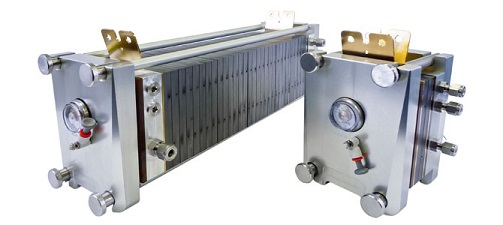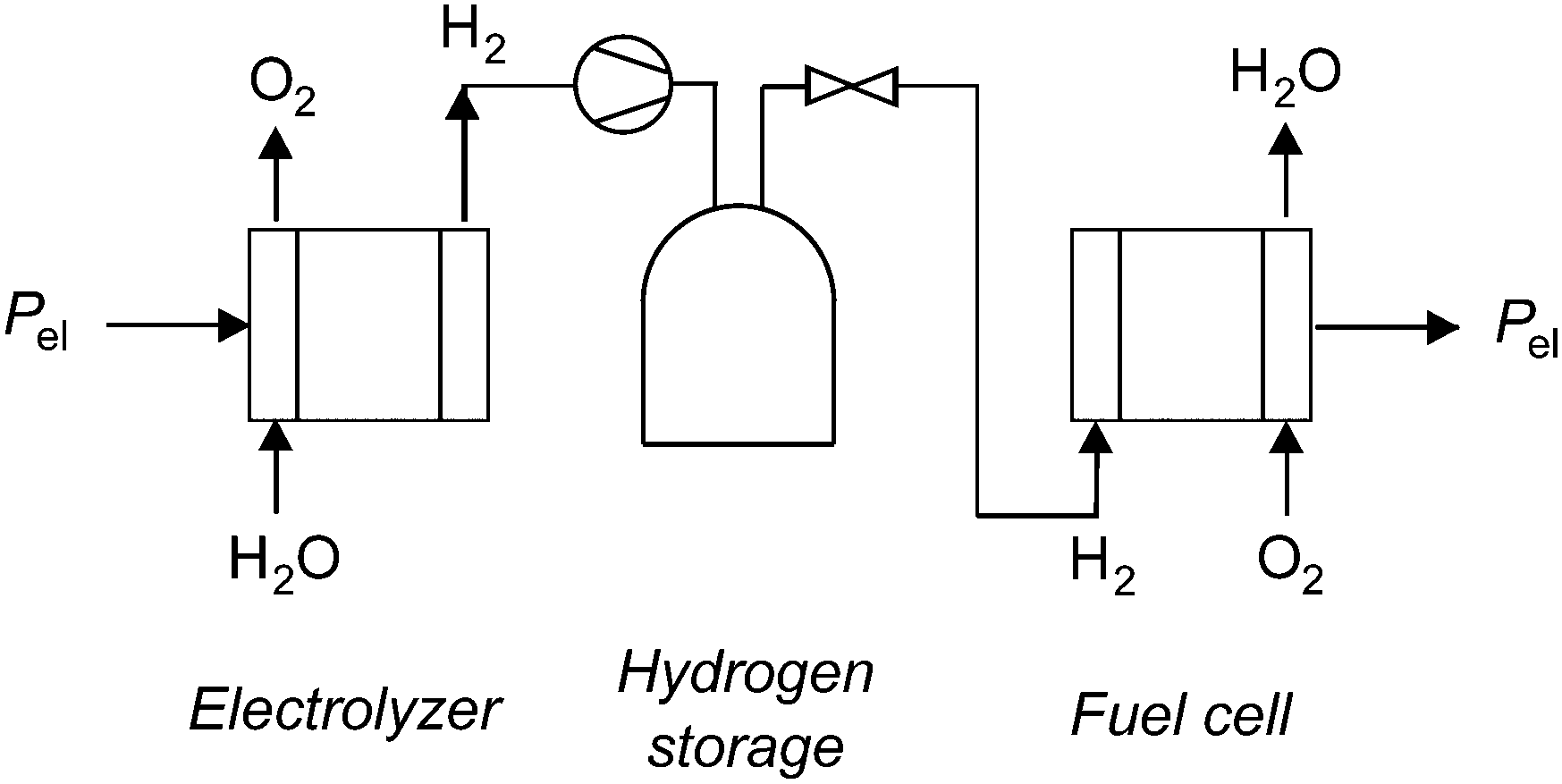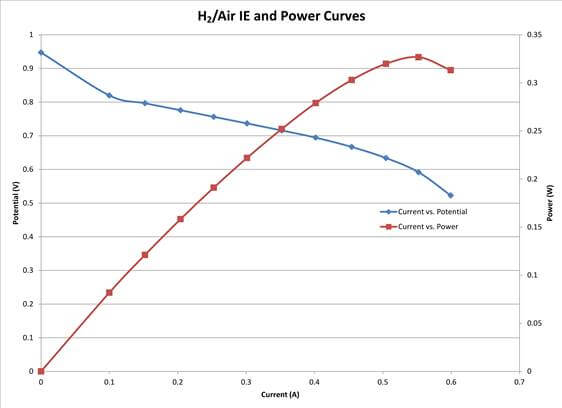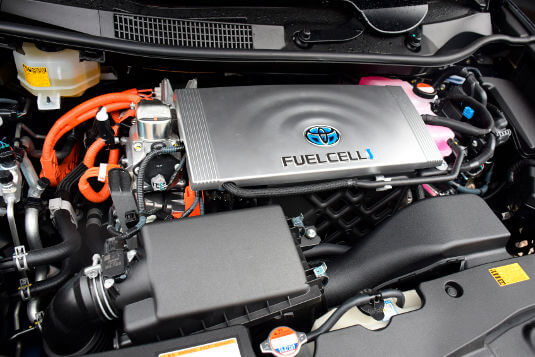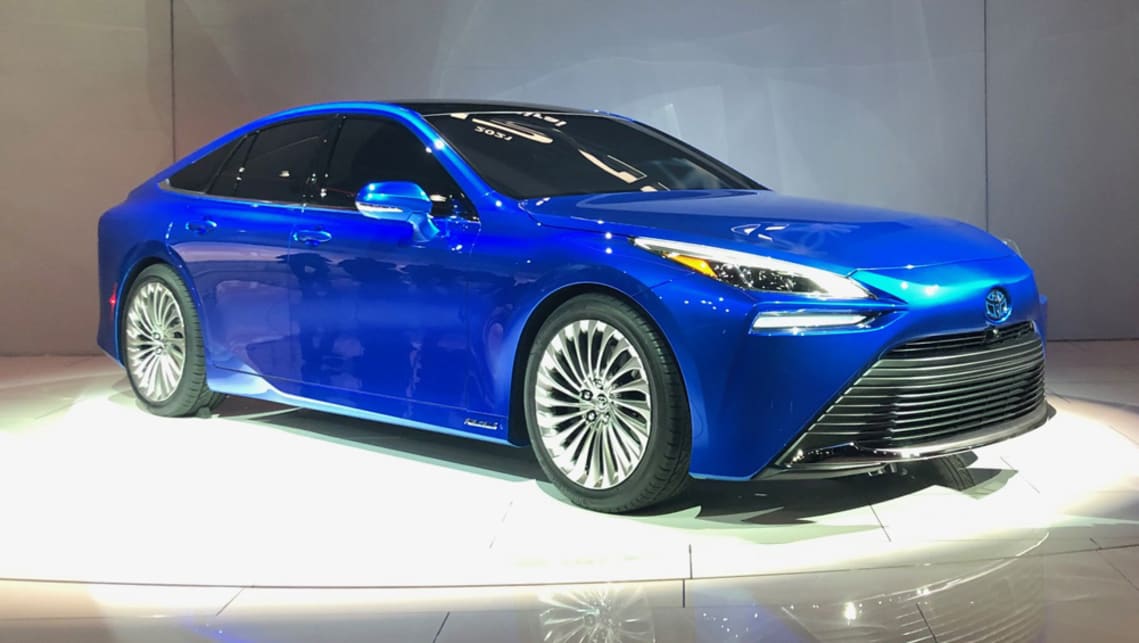A single fuel cell consists of a membrane electrode assembly mea and two flow field plates delivering about 0 5 and 1v voltage too low for most applications.
Hydrogen fuel cell dimensions.
This assembly of cells is called a fuel cell stack or just a stack.
Just like batteries individual cells are stacked to achieve a higher voltage and power.
A fuel cell is composed of an anode cathode and an electrolyte membrane.
Fuel cell systems can be designed at nominal voltages of 0 8 v per cell or higher if the correct design materials operating conditions balance of plant and electronics are selected.
Extended range the hydrogen fuel cell can extend the range of a battery electric bus by up to 300 miles on a single refueling and requires no off board electric.
It can deliver dc power or can be combined with an inverter or ups for ac power.
New flyer hydrogen fuel cell technology is a unique and innovative way to obtain long range operation similar to existing transit vehicles using a fully zero emission solution.
Most fuel cell developers use a nominal voltage of 0 6 to 0 7 v at nominal power.
It uses hydrogen stored on site or via pipeline to feed to the fuel cell architecture and its management system handles control monitoring and safety functions.
Our self contained fuel cell solution can replace or augment both renewable and diesel generators.
Typical polarization curve for a pem fuel cell stack.
A typical fuel cell works by passing hydrogen through the anode of a fuel cell and oxygen through the cathode.

